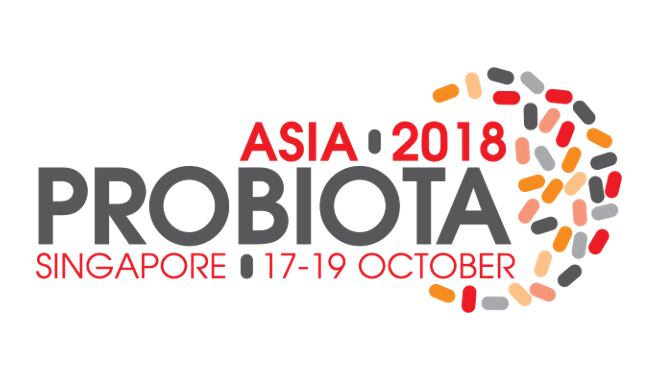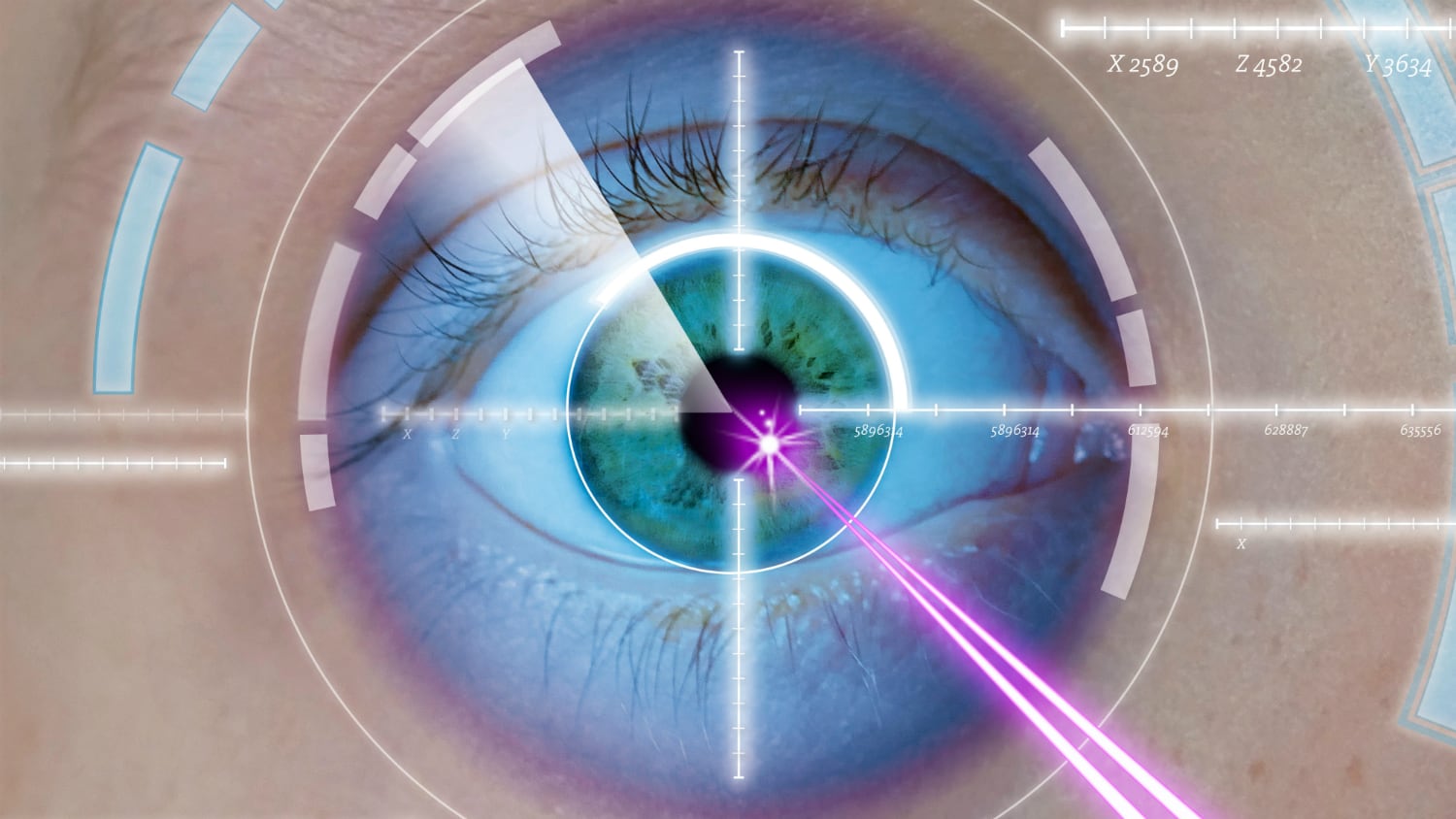
The region's leading probiotic and microbiome event — Probiota Asia — will get underway in Singapore this month with a stellar line-up of speakers, including the likes of Blackmores, Danone, Herbalife and Life-Space, set to take to the stage.
VDTs that emit blue light can cause ocular disorders, such as eye fatigue. Certain dietary elements have been reported to be able to help improve these disorders, though there have been few clinical studies conducted in this regard.
Dealing with the blues
Researchers at Kirin and the Inaba Ganka Eye Clinic sought to assess the effects of heat-killed L. paracasei KW3110 on alleviating ocular disorders and symptoms of eye fatigue among healthy human subjects exposed to VDTs, conducting an in vitro trial as well as a clinical study.
For the in vitro trial, they tested the effect of L. paracasei KW3110 on human retinal pigment epithelial cells damaged by blue light.
For the clinical study, they recruited 62 healthy Japanese participants (29 male, 33 female) aged 35 to 45 with eye fatigue, and randomised them into two groups: one was given a placebo daily for eight weeks, while the other was supplemented with L. paracasei KW3110 daily for eight weeks.
The main outcome was changes in eye fatigue caused by VDT load (visual impact of VDT exposure), measured by critical flicker frequency (CFF), the frequency at which an intermittent light stimulus appears perfectly steady to the average human eye.
Subsequently, the researchers reported that in vitro, blue light-induced retinal cell death was suppressed by cells treated with L. paracasei KW3110, while in the clinical study, the VDT load-induced reduction of CFF was typically less severe in the fourth week in the participants who had been supplemented with L. paracasei KW3110.
In vitro implications
The in vitro trial found that M2 macrophages (large cells in the tissue) in the eye, when stimulated by L. paracasei KW3110, were responsible for suppressing cell death caused by blue light exposure.
This was due in part to the anti-inflammatory properties of M2 macrophages, which included tissue-remodelling via the production of anti-inflammatory cytokines like interleukin-10 (IL-10), in response to inflammation induced by blue light exposure due to oxidative stress.
Clinical considerations
The clinical study found that VDT-load induced variation in CFF (used as an indicator of eye fatigue) was markedly reduced in the fourth week in the treatment group but not in the control group.
Eye fatigue symptoms such as ocular pain, stiffness in the waist and / or shoulders, and ocular fatigue sensation were also significantly improved in the treatment group, compared to the control group.
Eye redness, a subjective symptom, was alleviated in the fourth week in the treatment group as well, as opposed to the control group.
Furthermore, sub-group analysis based on the degree of eye fatigue showed that VDT load-induced reduction of CFF was "significantly better in the high-level eye fatigue subjects from the L. paracasei KW3110 group when compared with the placebo group during the fourth week".
The researchers concluded: "The findings of this study indicated that L. paracasei KW3110 suppressed blue light-induced retinal pigment epithelial cell death in vitro, and ingestion of L. paracasei KW3110 had positive effects for improving some objective and subjective parameters of eye disorders and eye fatigue induced by VDT loads.
"Further studies enrolling many more subjects should be carried out to more clearly reveal the clinical effects of L. paracasei KW3110 on ocular disorder including eye fatigue."
Source: Nutrients
https://doi.org/10.3390/nu10081058
“Effect of Heat-Killed Lactobacillus paracasei KW3110 Ingestion on Ocular Disorders Caused by Visual Display Terminal (VDT) Loads: A Randomized, Double-Blind, Placebo-Controlled Parallel-Group Study”
Authors: Yuji Morita, et al.

